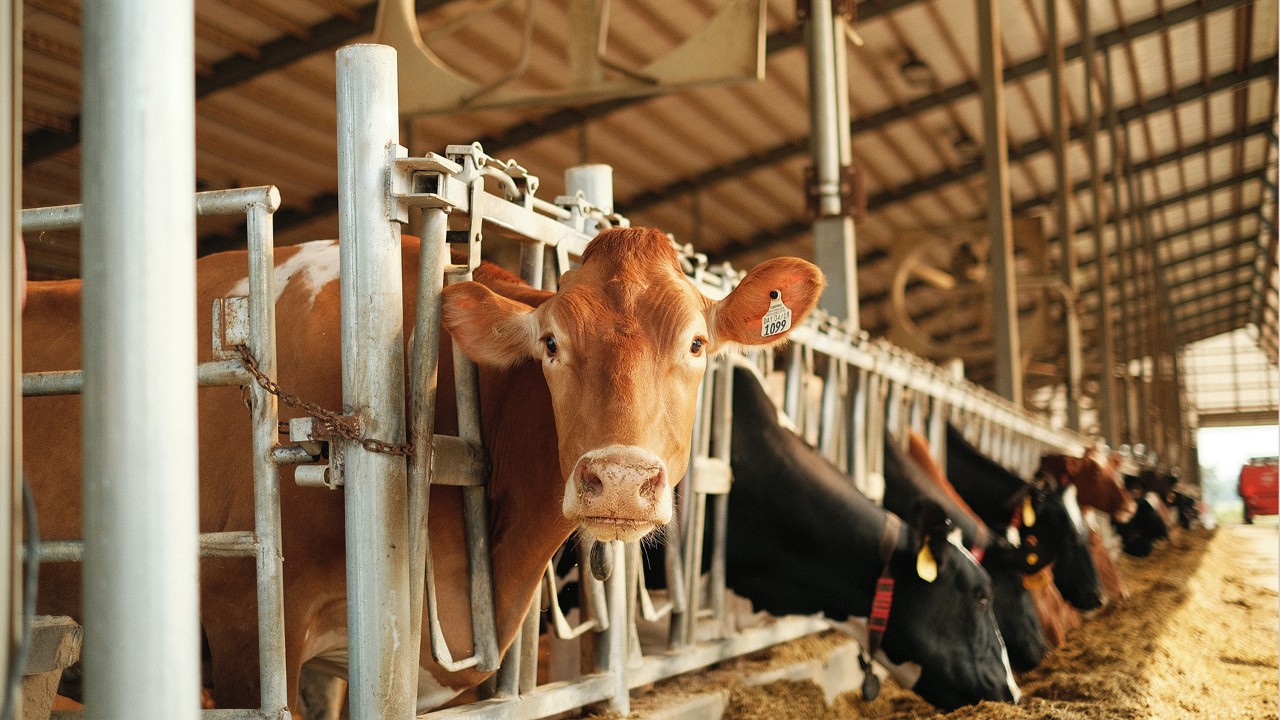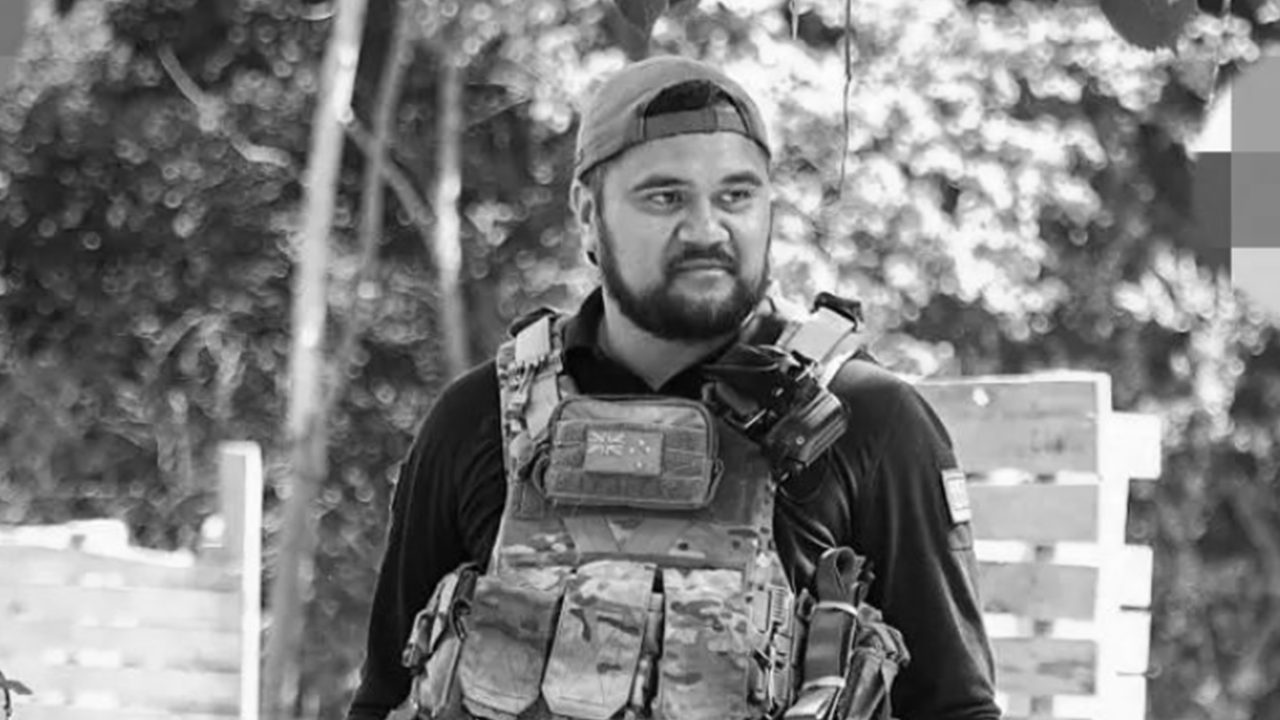New Zealand has been on high alert since foot-and-mouth began spreading through Indonesia.
The contagious livestock disease would have a devastating effect on our national herd and economy.
But what exactly is this disease?
Our World News Editor Kate Gregan has the details.
Plumes of smoke from thousands of burning carcases.
Just over 20 years ago, this was a familiar sight on British farms - as Foot and Mouth caused devastation.
More than six million pigs, cattle and sheep were slaughtered before the disease was brought under control .
The total cost to the nation was estimated to be more than 8 billion pounds.
Farmer Ian Griffith had to cull his animals – telling the BBC, it is hard to accept.
"When the actual phone call comes, they said, Ian I think you had better sit down because I've got some bad news for you. I'll tell you something, when they tell you that you want to fall down, not just sit down."
Foot and mouth disease infects cloven-hooved animals - including cows, pigs, sheep, goats, deer, alpacas and llamas
An infected animal could suffer from a high fever, blisters around the mouth and feet, drooling, tooth grinding and chomping, lameness and depression.
It’s easy to spread – and harder to stop.
It can spread through direct contact, or by objects or people that come into contact with infected animals.
The wind can also carry the virus up to several hundred kilometres.
It doesn’t pose a risk to humans, but an outbreak here would be swift and severe.
The disease is present in a number of countries around the world, especially in Africa and South East Asia, but has recently been found in Indonesia – including Bali.
When the alarm was raised - it was already too late.
Here’s animal health expert Phoebe Readford speaking to the ABC.
"When the disease was detected, it was already widespread, so it was already present in the Islands of Java, Sumatra and also in parts of Kalimantan.
"Those are Islands in Indonesia which the main population exists on, so the main challenge the Indonesians have was that the disease was already widespread when it was first detected."
That's put New Zealand and Australia on high alert.
Parcels and baggage from China and Indonesia are now being thoroughly checked, and authorities are rolling out biosecurity foot mats at airports in response to the disease.














